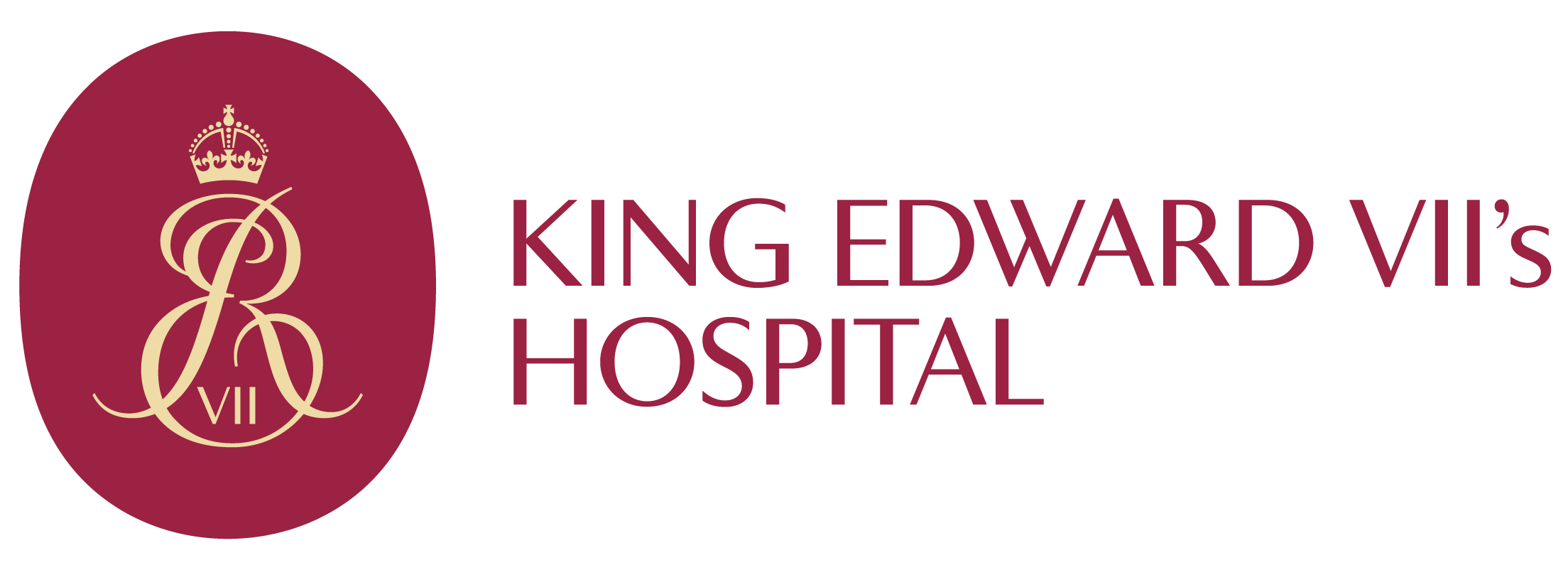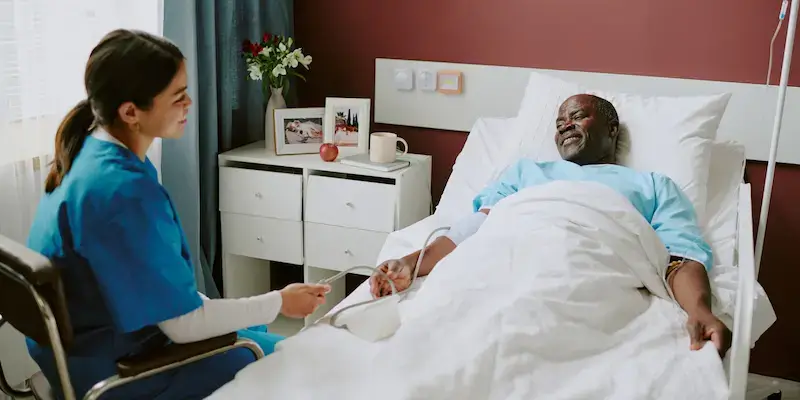Home >
Radiofrequency lesioning
Get rapid access to our leading specialists.
Radiofrequency lesioning is a procedure carried out on specific areas of the neck or back to help relieve the pain associated with problems in the facet joints.
Learn more about radiofrequency lesioning at King Edward VII’s Hospital
The procedure involves the use of needles to send an electric current down the nerves near to the facet joints that send pain signals to the brain, to disable them.
Why would I need radiofrequency lesioning?
If you’ve experienced short-term relief from your neck or back pain from having a medial branch nerve block, then radiofrequency lesioning could provide longer term pain relief.
What symptoms does radiofrequency lesioning address?
This procedure helps to relieve chronic pain caused by inflammation or wear within the facet joints.
The spine is made up of lots of small bones, held together by double joints called the facet joints. These enable the spine to move yet stay stable but they can become inflamed, leading to pain and discomfort.
When should you speak to your specialist about radiofrequency lesioning?
If you’ve had a medial branch nerve block procedure to confirm that your pain is associated with your facet joints, your specialist will discuss the possibility of radiofrequency lesioning with you.
How is radiofrequency lesioning performed?
Your specialist will use x-ray imaging to position a needle over the affected area of your spine. Radiofrequency lesioning is performed under a local anaesthetic so that the skin feels numb.
They will then insert the needle into the skin. To make sure they’re in precisely the right spot, they will send a small electrical current down the needle to stimulate the affected nerves. You will be asked to notify your specialist when you feel a tingling sensation or a twitch in your muscles. This will indicate that they’re in the right place.
An anaesthetic and steroid mix will then be injected into the area to numb it further and reduce any swelling, before the tip of the needle is heated with another electrical current. The heat from the needle will then burn the nerve, rendering it disabled semi-permanently.
The procedure takes around 30 to 45 minutes.
What is the recovery like for radiofrequency lesioning?
Your recovery from having radiofrequency lesioning will depend on multiple factors, including your age, fitness level and the nature of your procedure.
Your specialist may give you pain relief to be taken for a number of days following your procedure. You may experience more pain than before whilst the area settles down. Your specialist will also give you advice on when you should begin carrying out your normal duties.
Some patients experience a significant improvement in their symptoms whilst others find it doesn’t relieve their pain – the results are often difficult to predict. If this procedure does work for you, the results are likely to last for anything between a few months and 18 months.
Are there any risks/complications associated with radiofrequency lesioning?
As with any medical procedure, it’s possible for risks or complications to arise. Speaking with your specialist beforehand will help you avoid any adverse reactions.
Radiofrequency lesioning has a relatively low risk of serious complications happening, but the following risks and complications can occur in a small number of cases:
- Infection or bleeding at the treatment site
- A worsening of your neck or back pain
- Nerve damage
Your specialist will discuss these complications with you and provide you with an information leaflet.
How can I prepare for radiofrequency lesioning?
Prior to radiofrequency lesioning, your specialist will discuss with you how best to prepare, as each patient is different.
Common preparations for radiofrequency lesioning include:
- Routine blood tests, x-rays or scans as requested by your specialist
- Taking steps to stop smoking if you smoke
- Losing weight if you’re overweight
- Remaining active and doing regular exercise
The specialist will advise you on eating and drinking restrictions prior to the injection
Are there alternatives for radiofrequency lesioning?
You may choose to continue with pain relieving medications if you’d rather not have a radiofrequency lesioning procedure. Pain management, physiotherapy and psychological support are also offered. Surgery could also be considered in rare cases. Your specialist will explore the alternative treatment options.
Call 020 3925 1015 or fill in your details below to make an enquiry
Need further help or advice?
Contact our team for enquiries or information.
If you need to contact us in any other way, please go to

